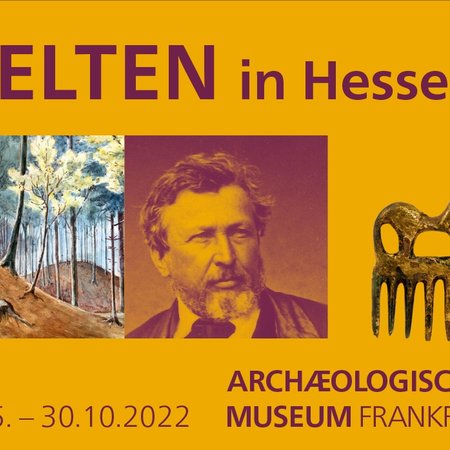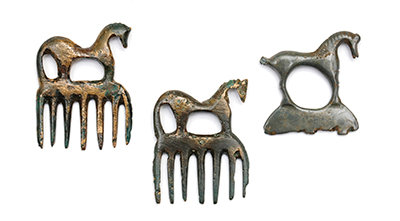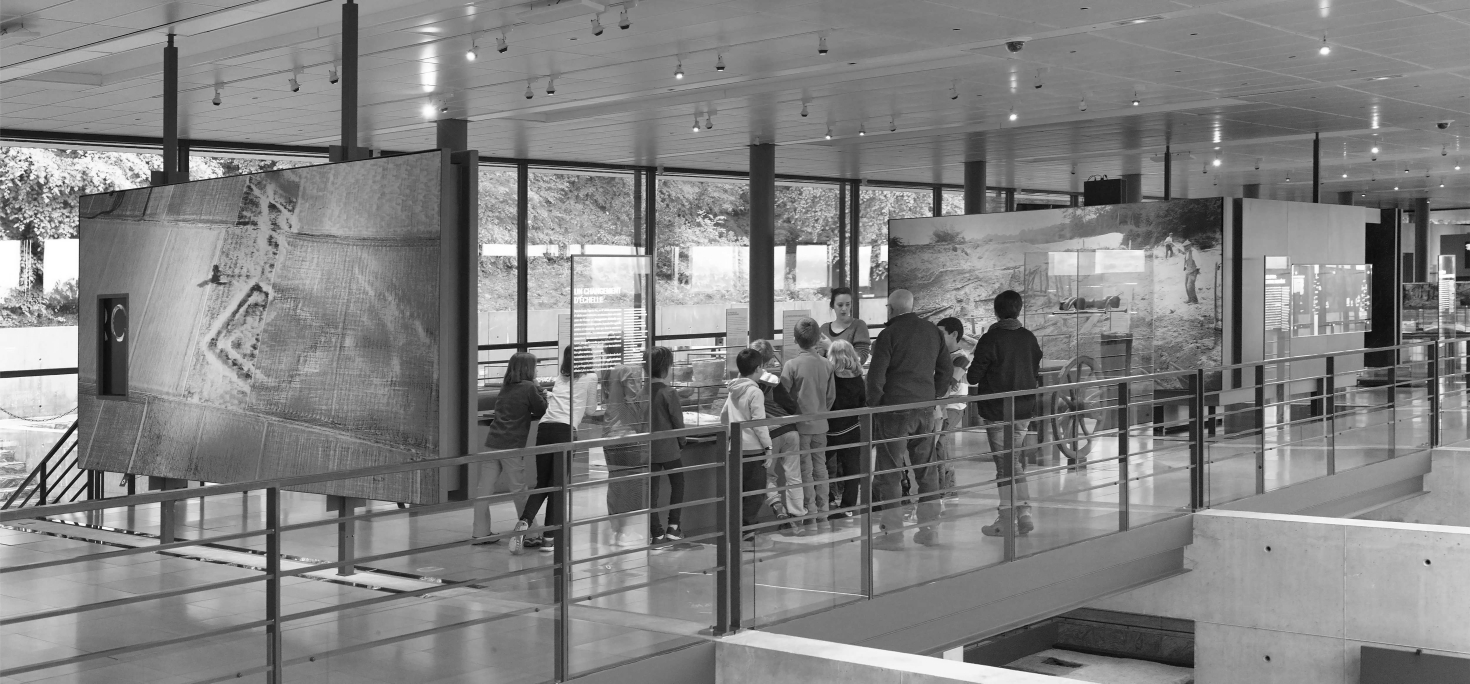

Why do archaeologists speak of "Celts in Hesse", although there is no direct evidence of Celts in the area of today's Hesse in the ancient written sources of the Greeks and Romans? Rather, it is the "Germanic" Chatti who are the first to be mentioned in ancient written sources and have long been regarded by historians as the oldest inhabitants of Hesse known by name.
What contribution does archaeology make to the detection of Celts in Hesse? To what extent does a Huguenot from Friedrichsdorf near Frankfurt stand at the very beginning of Celtic archaeology of Europe in the 19th century? Why do the burial mounds in the Frankfurt and Offenbach city forests and the ring ramparts in the Taunus have supra-regional, almost European significance for the archaeology of the Celts/Gauls?
Information on these and other questions about the Celts in Hesse will be answered in the special exhibition at the Archaeological Museum Frankfurt.
Photo : Combs with horse handles from Frankfurt-Fechenheim and from Heidetränk-Oppidum. Uwe Dettmar © AMF

